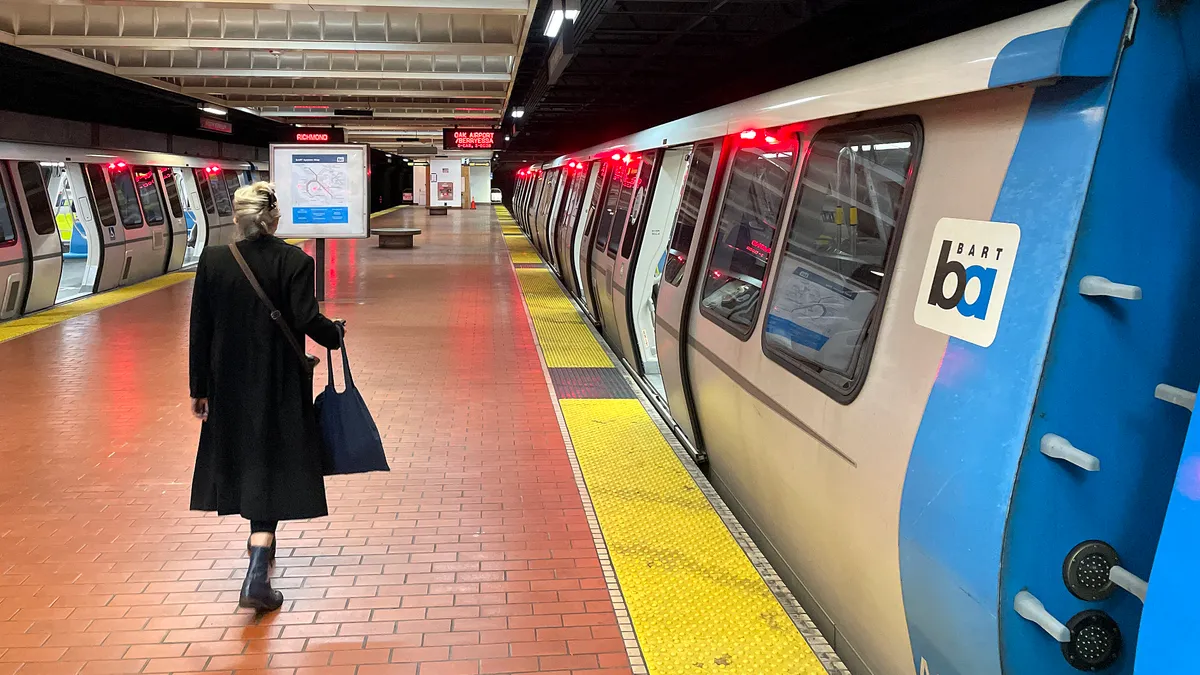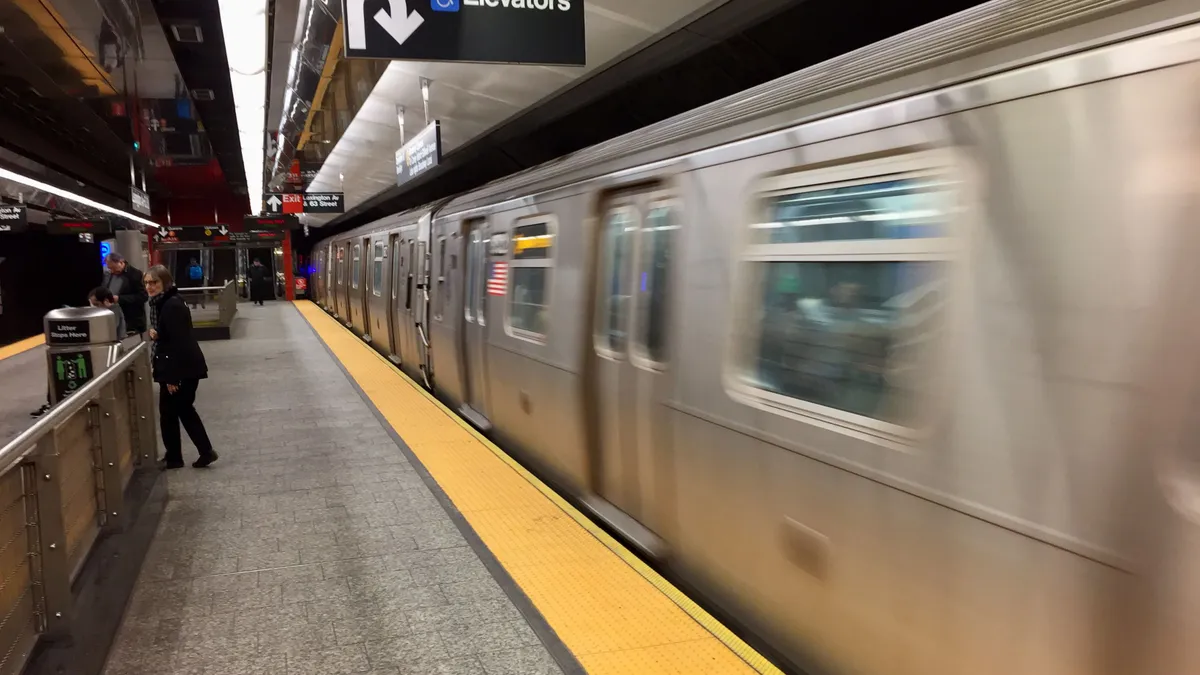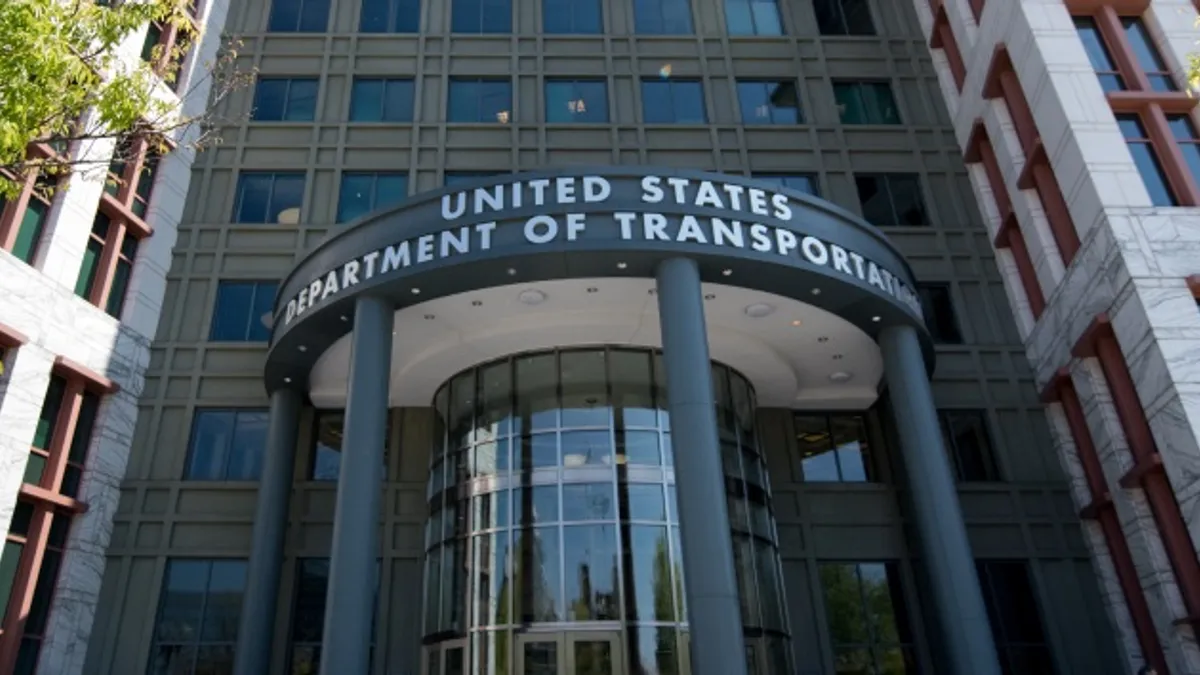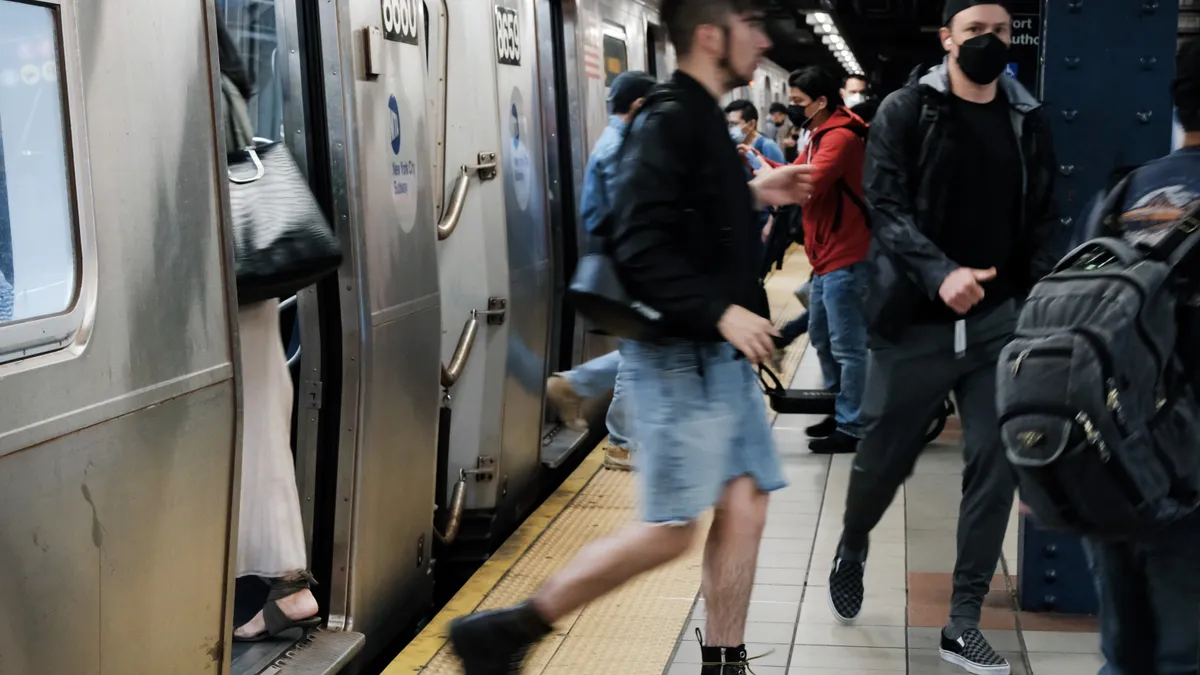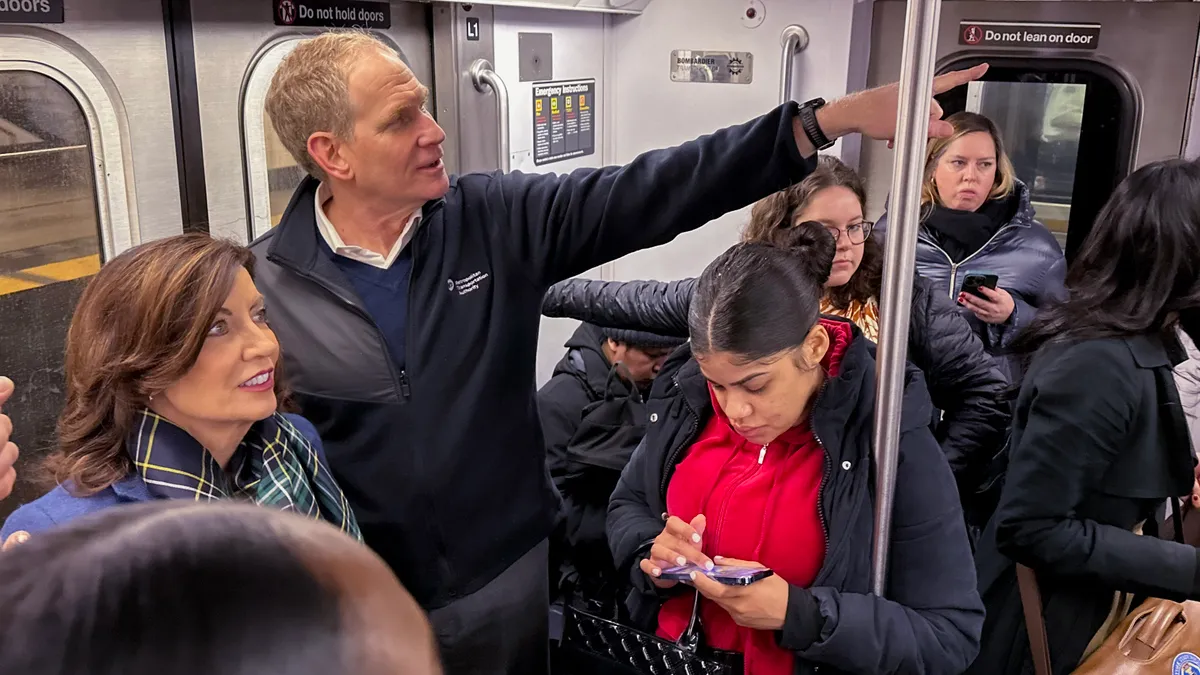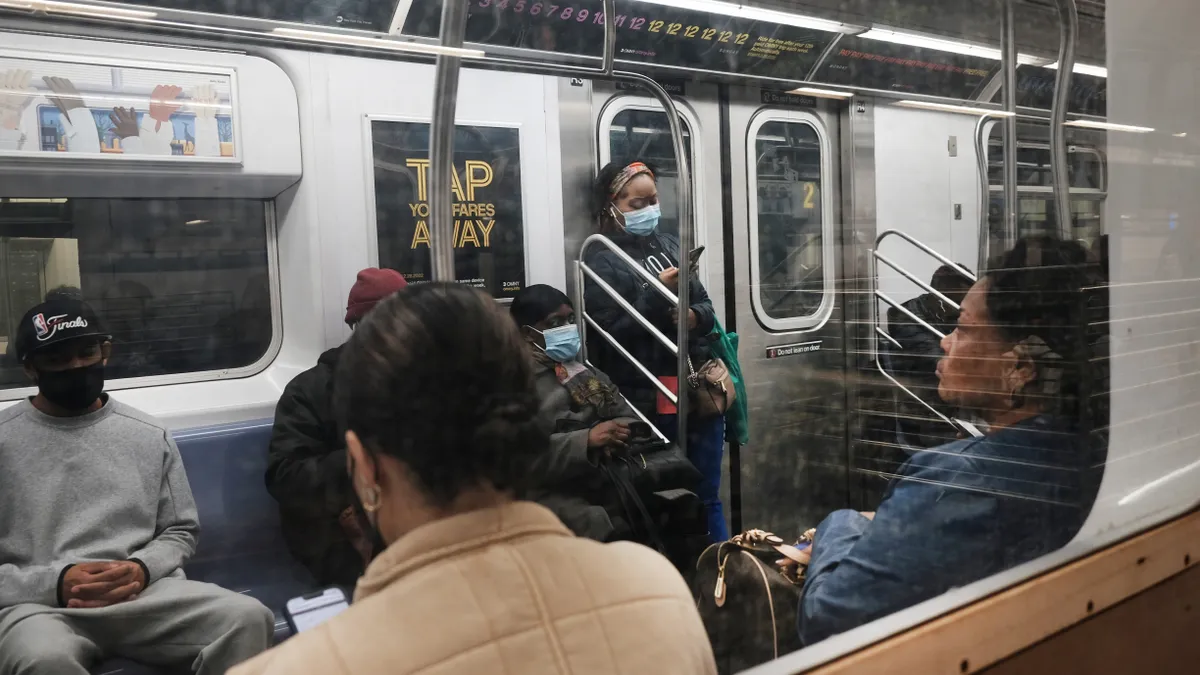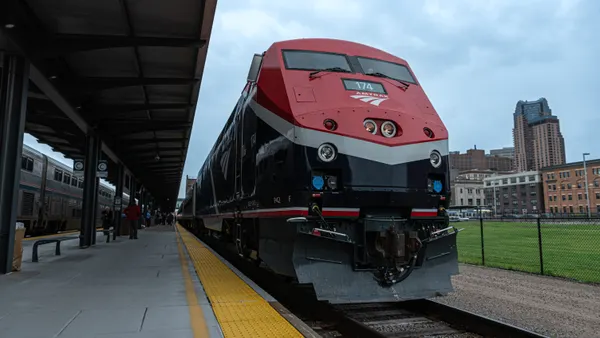Many U.S. transit agencies continued to struggle in 2023 with ridership that still hasn’t returned to pre-pandemic norms. This has especially hurt agencies that rely heavily on fare box revenue to pay for operating expenses, including the transit systems in large cities such as New York, San Francisco, Boston and Chicago.
In San Francisco, less than 45% of office workers entered their place of employment in early November, according to a tracker the city and county maintain. New York City and Los Angeles were only marginally higher at around 50%. San Francisco Bay area transit system riders said they fear for their safety in a survey earlier this year; high-profile crimes also have occurred on New York City subways and the Los Angeles metro system.
New York City transit riders began paying higher fares in August but were rescued from even higher fares and service cuts by a one-time grant of state aid and an increase in the state’s payroll mobility tax. Plenty of funding is available to transit systems from federal programs, bolstered by the 2021 infrastructure law, but most of those grants are intended only for capital investments. The Biden administration has asked Congress to allow the largest transit agencies to use some of those grants for operating expenses.
Here are eight stories from Smart Cities Dive that examine the challenges facing transit agencies and efforts to overcome them.




